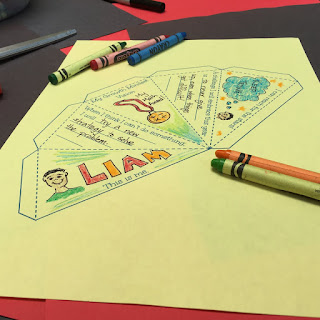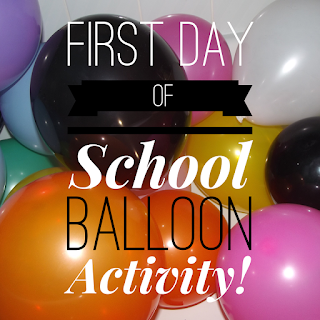Have you ever read The Invisible Boy by Trudy Ludwig? It is a heartwarming picture book about the power of kindness. Brian is a kid who feels invisible at school. Always being left out and looked over has taken its toll on the little guy. When a new kid moves to school and starts paying attention to Brian and his talents, Brian’s world becomes a bit more colorful. Reading a quick blurb online made us quickly realize this was a must-have read aloud for our classes.
Our school is participating in a two-week Kindness Challenge, during which students are inspired to partake in various acts of kindness. On top of this, our school has had a particular focus on kindness throughout the year in hopes to create a positive school culture of mutual respect for one another. This book just seemed to lend itself so perfectly to our discussions of empathy and kindness, so we had to try it out and see how our kiddos responded to its message.
We invited our 2nd Grade Buddies over to our classroom for the read aloud. The discussions we were able to have during and after the reading were awesome. So many of the students, 5th and 2nd graders alike, could relate to the feelings Brian had throughout the book. And it was so clear to the students that all it took was one person’s kindness to turn his world around.
We wanted to take this discussion a step further so that the students could really visualize how others’ kind words and actions can positively impact our lives. To do this, we gave each child a black and white image of a child and had them write down when they felt invisible themselves. Examples ranged from not being invited to a birthday party, to friends not waiting for them at recess, to parents giving more attention to a brother or sister. Not only was this a good reflection for the students to get in touch with their own feelings, but it gave us as teachers an insight into what is going on in our students’ worlds emotionally. But the truly powerful part of this activity is what came next.
Each child then took their paper and read it to someone else. In response, the other student would use their colored pencil to write a word of encouragement or a kind deed to help the student feel more visible. Then using the same colored pencil, they would color in a piece of their picture. Students walked around from peer to peer, gaining words of encouragement and quickly getting their pictures completely colored in. The final product was a colorful page full of kind words all directed to each individual student. What a great personal keepsake for the kids to look back on whenever they start to feel invisible in the future. We can’t wait to do this activity again next school year!
If you’d like to try it out, here is a free sample of our Invisible Boy Worksheet. To download the entire pack with a variety of kids to meet the needs of the students in your class, visit our TPT store here or visit bit.ly/invisibleboyreflection.
Let us know how else you have incorporated this book into your classroom. We would love to hear about it!

































